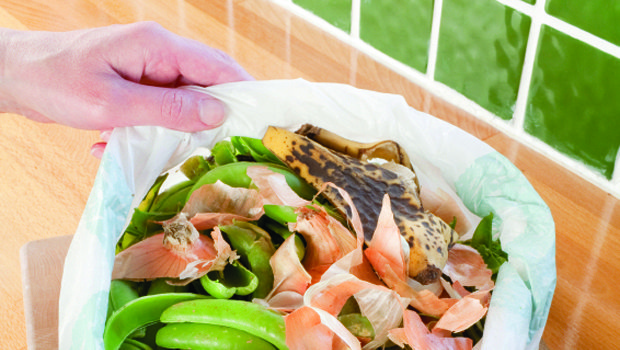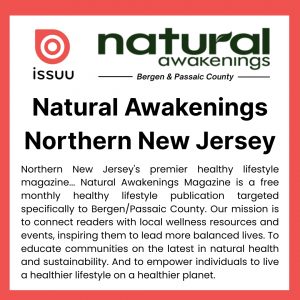Green Kitchen
Home Composting Boosts Sustainability
A 2012 report from the National Resources Defense Council notes that just 3 percent of uneaten food in the United States is composted, and landfill scraps account for 23 percent of all methane gas emissions. Composting, the process of decomposing organic matter into a nutrient-rich material, is an easy way to turn food scraps, lawn clippings, garden trimmings and other waste into natural garden fertilizer. Its relatively loose composition allows nutrients to pass into the soil quickly, and the practice reduces discards to landfills.
Compost material is not limited to what’s left on a plate after dining. Expand contents to include peels, cores and husks from fruits and vegetables generated during meal preparation, egg and nut shells, tea leaves and coffee grounds, bread, crackers and pet food. Fruit and vegetable seeds won’t decompose in cold conditions, however. (Learn more about green gardening at GreenLiving.NationalGeographic.com.)
Now, plates and cups made of sugarcane or corn, plus oil- and plant-based packaging, can also be added to the list. Pending legislation in California would allow products meeting certain criteria to bear “compostable” or “biodegradable” claims on packaging.
Manufacturers of compost bins are responding to increased consumer interest with convenient options. In addition to traditional plastic or metal containers and wood-sided bins, new high-quality, enclosed, compost tumblers offer quicker processing time, protection from animals and less odor. Advanced models include automatic, electric, indoor composters. (See more at EarthEasy.com/grow_compost.html.)
Live composting in the form of vermiculture, or worm composting, teaches care for creatures and ecosystem sustainability. Food scraps feed worms, which then produce nutrient-rich castings (excreta). (Learn more at GrowOrganic.com and RedWormComposting.com.)

























